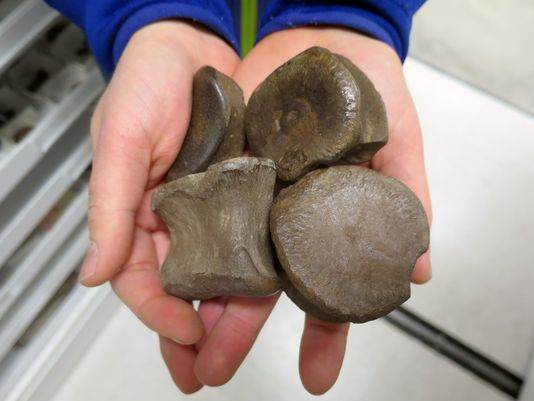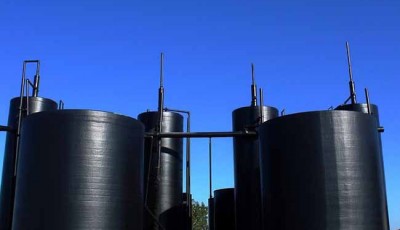Researchers discover ‘lost world’ of arctic dinosaurs after digging up huge
The fossils were discovered in northern Alaska that at one time were covered by huge forests with lots of plants, as the weather used to be a warmer climate.
Studies about dinosaurs are important in understanding what the world was like millions of years ago. But unlike modern avians, these dinosaurs may have had scales, not features, to keep them warm. The species has been identified as Ugrunaaluk kuukpikensis, which means “ancient grazer of the Colville River”. However, this particular species researchers feel, may have even experienced snow and lived in darkness for months at a time. The species also had hundreds of teeth, which were needed to chew the rough vegetation that made up their diet.
Contrary to popular belief saying that dinosaurs may have lived exclusively in the tropics and jungles, recent findings of researchers from Florida State University and University of Alaska Fairbanks suggest that these Jurassic animals may have also survived in the Alaskan Alps.
“When we think of dinosaurs, we think of them living in a tropical paradise, but for these dinosaurs, it was more like an Arctic paradise” said Patrick Druckenmiller, a vertebrate paleontologist at the University of Alaska who helped find the fossils. “We have multiple elements of every single bone in the body”.
“What we’re finding is basically this lost world of dinosaurs with many new forms completely new to science”, FSU Professor of Biological Science Gregory Erickson said in a statement. It creates this natural question.
The researchers will now focus their attention to try and figure out how they had survived.
As per Mirror report, the rare duck-billed dinosaur was unraveled in the high Arctic of Alaska and has baffled the scientists’ long held beliefs about prehistoric creatures.
Numerous dinosaur remains were discovered in the same rock layer called the Liscomb Bonebed, which was located above the paleo-Arctic Circle around 69.2 million years ago, during the Late Cretaceous.
Dinosaur fossils have been found in regions further to the north than these – specifically hadrosaur bones discovered on Axel Heiberg Island in Nunavut.
An in-depth examination by the research team has indicated that the differences in the mouth and the skull structures were the key in determining that the find has been a new species.Druckenmiller told the publication the uniqueness was not immediately noticed as the dinosaurs in Alaska had been juveniles. The description of the dino was published in Acta Palaeontolgica Polonica.
[Images by Lance King and Kevork Djansezian, Getty Images].












